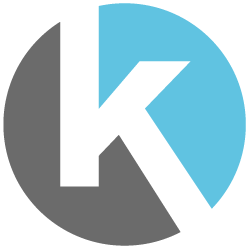Dashly vs Highlevel
Hyperise integrates with 100's of sales and marketing tools, many of which are in the Marketing Automation category. With so many to choose from it's sometimes hard to know which is best, but don't worry, we've got your covered.
In this comparison guide we're going to look at the Highlights, Pros, Cons and Pricing of Dashly and Highlevel. We'll also delve into the details of which offers the best personalization options within Marketing Automation, with there respective Hyperise integrations
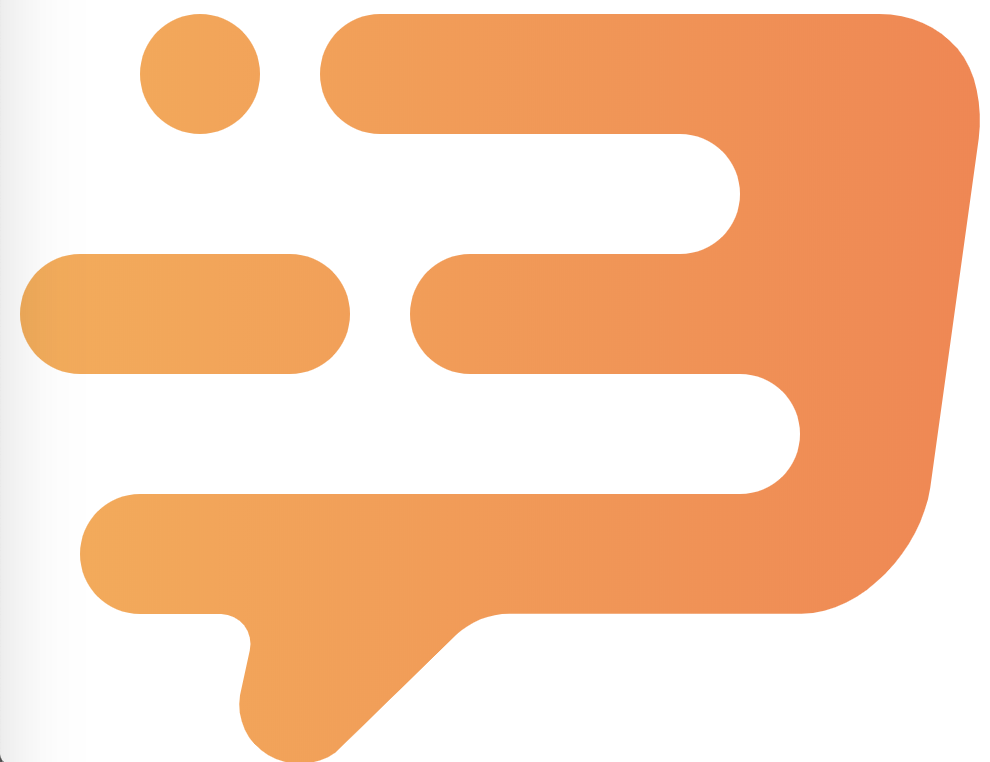
Dashly
Pricing: Dashly does not have a fixed pricing plan, as it depends on a customer's individual needs. The pricing plan is highly customizable and tailored to the customer's specific requirements. Typically, packages range from $99/month up to $3,499/month for agencies. There is also the option for custom pricing outside these packages.
Vs

Highlevel
Pricing: Highlevel pricing is a pricing technique that is used to maximize profits from any given product or service. Highlevel pricing involves leveraging brand name and value to increase the price of a product or service to a level above the competition and beyond what may be seen as a fair or reasonable price. This method also ensures a profit is made from each sale as profits can be maximized from well-known and higher-priced products.
Dashly vs Highlevel Highlights
Dashly is a simpler and more affordable alternative to Highlevel, offering a range of features designed to help small businesses and entrepreneurs quickly set up and manage website analytics. Unlike Highlevel, Dashly is an affordable and easy-to-use dashboard-based tool that requires no coding experience and is designed to be set up and managed quickly. Dashly is a budget-friendly and comprehensive analytics platform that offers custom analytics insights to inform website design and content decisions. With Dashly, businesses can access detailed reports on user behavior and engagement, as well as create custom dashboards to get immediate insights. Dashly also provides visualizations to help users identify problem areas and opportunities to optimize website performance.
Dashly vs Highlevel Pros
Dashly Pros
- Easy onboarding: Dashly offers a simplified onboarding process that requires only an email address, while Highlevel requires additional information to be filled out.
- Real-time analytics: Dashly provides real-time analytics, enabling businesses to quickly respond to customer inquiries. Highlevel only offers monthly analytics.
- Customized automation: Dashly offers customizable automation for customer service and marketing, allowing businesses to tailor their experiences for each customer. Highlevel does not offer this feature.
- Time-saving tools: Dashly integrates with popular apps like Slack and Salesforce, which can save time on tedious tasks. Highlevel does not have similar integration capabilities.
- Robust customer segmentation: Dashly allows businesses to segment customers by type and behavior, giving them more control over their customer service and marketing strategies. Highlevel does not offer the same level of customer segmentation.
Highlevel Pros
- Pros of HighLevel compared to Dashly:
- Accessibility: HighLevel offers cloud-hosted and locally-hosted versions allowing users to access the project management platform from any device.
- Automation: Automate repetitive processes with automated rules, which save time and greatly accelerate workflows.
- Adaptability: Easily customize the project management setup to fit the needs and processes of different teams and departments.
- Collaboration: Collaborate between multiple users, team members, and stakeholders in real-time.
- Reporting & Analysis: Gather data, insights, and analytics for project planning, budgeting, and more.
- Robust Integrations: Integrate with third-party applications, from CRM to messaging platforms, for a seamless user experience.
Dashly vs Highlevel Cons
Dashly Cons
- Dashly is a more limited system compared to Highlevel, with less features and customization options
- Dashly does not support multiple team members and cannot be used by multiple people in an organization
- Dashly does not have automated marketing workflows
- Dashly does not have integrated email marketing tools
- Dashly does not have built-in data visualization capabilities
- Dashly does not have an extensive app library
- Dashly does not have a comprehensive analytics dashboard
- Dashly does not have customer segmentation capabilities
Highlevel Cons
- Highlevel is more expensive than Dashly, making it a more difficult decision for businesses on a tight budget
- Highlevel lacks the same level of reporting capabilities as Dashly
- Highlevel requires a higher skill level in order to access and analyze data
- Highlevel does not provide dedicated customer service/support for implementation or troubleshooting like Dashly does
Dashly & Highlevel Hyperise Integrations
Dashly uses the HTML code embed method to integrate with Hyperise, giving a simple way to add personalized images to your messages.
Dashly makes the following data points available to Hyperise, to enable personalization in images used in outreach and linked out to your personalized website landing pages.
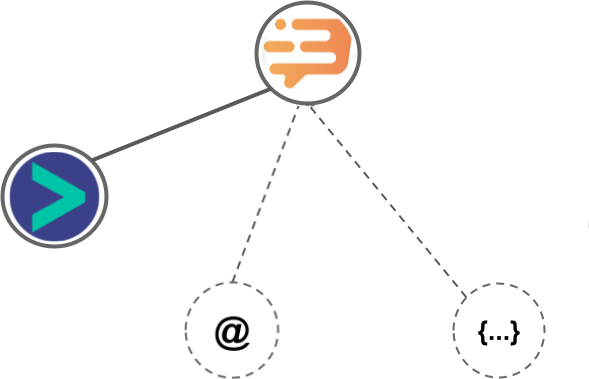
- Using business Email passed from Dashly, Hyperise is able to enrich business logo and website screenshots. In some cases, with a business Email we're also able to enrich profile images, subject to the business email having a publicly available profile.
Dashly Integration Guide
Highlevel uses the HTML code embed method to integrate with Hyperise, giving a simple way to add personalized images to your messages.
Highlevel makes the following data points available to Hyperise, to enable personalization in images used in outreach and linked out to your personalized website landing pages.

- Using business Email passed from Highlevel, Hyperise is able to enrich business logo and website screenshots. In some cases, with a business Email we're also able to enrich profile images, subject to the business email having a publicly available profile.
- Business name
Highlevel Integration Guide
 vs
vs  vs
vs 

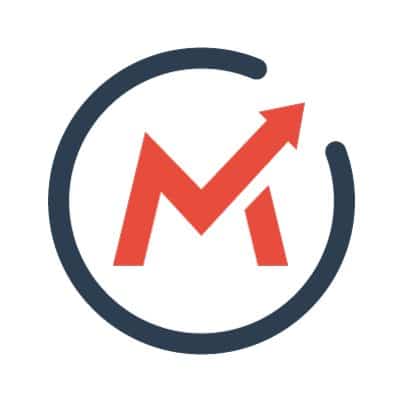

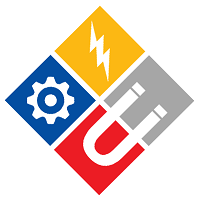


 vs
vs 
 vs
vs  vs
vs  vs
vs 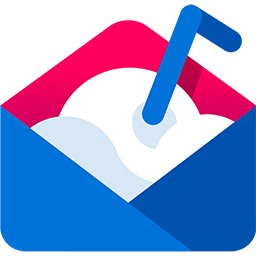 vs
vs  vs
vs 








